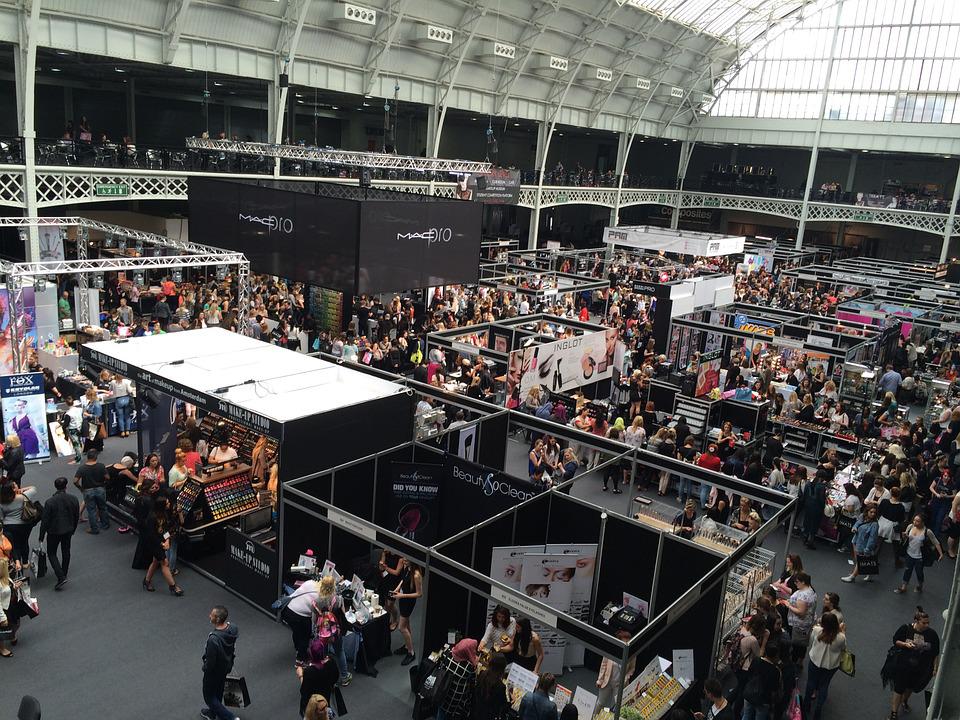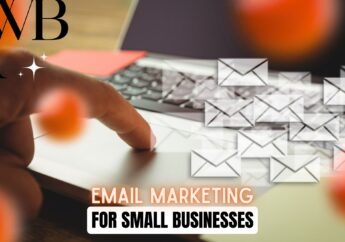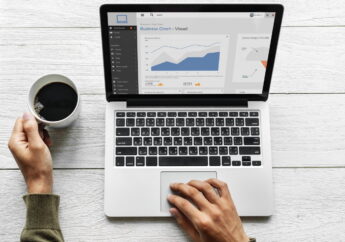Planning For Your Next Trade Show – What Are The Essentials?
by Arnab Dey Marketing Published on: 30 April 2022 Last Updated on: 08 November 2024

Many attendees may hear the same message from booth after booth, so you need to make sure that your message stands out. You also need to think about how people will interact with your booth: will they engage in one-on-one conversations, or is it a more passive experience? Will you have any giveaways, and if so, what? Would they like a corporate branded mug or mini samples of the products you’re offering?
Attendance is important. If only 12 people attend your trade show, it may not be worth your time and money invested. So look into how many attendees will attend before booking.
Regardless of the size of your first event, planning a custom trade show exhibit is critical. Trade shows are notoriously busy, fast-paced events that require lots of preparation if they are going to be successful for your business.
You can use this guide as an outline for some best practices and things to note as you begin planning for your next trade show.
Location:
Whether you attend an annual conference or a one-time special event like Comic-Con, the location will influence your trade show strategy.
The overall goals of your exhibit are to generate leads and present yourself as an industry leader. Where you exhibit can impact how well those goals get achieved.
Location can influence:
- The type of people who attend
- The size of your custom trade show exhibit
- The style of marketing you do before the event
- The type of booth staff you hire
What Is the Goal?
How do you know what to focus on? Defining your goals is an important first step. The best way to define your goals is to start with the end in mind and work backward.
Be specific when defining your goals, but be realistic. Do not worry about what other companies are doing at trade shows. You can focus instead on what matters most for your business.
Also, do not go overboard when setting your goal. If you are planning a major product launch at the trade show, it may be unrealistic to expect that 75% of attendees will stop by your booth (although it probably will not hurt to try).
Related Resource: The Various Types of Trade Show Displays
All in the Details:
Many attendees may hear the same message from booth after booth, so you need to make sure that your message stands out. You also need to think about how people will interact with your booth: will they engage in one-on-one conversations, or is it a more passive experience? Will you have any giveaways, and if so, what?
1. Start Planning Early
Start early. The best time to start charting your plan for your next trade show is as soon as possible. It may sound a little bit extreme, but if there is anything I learned from my years of trade show experience, it is impossible to start planning too early.
You can always try to be the one at your company who starts thinking about your next trade show first. It can be preferably around six months ahead of time or even earlier.
2. Sort Your Space
Once you have the layout sorted out, it is time to consider how you will use that space. And the best place to start is with your goals. What are you hoping to achieve by attending this trade show?
Do you want visitors to talk directly with your team members and get hands-on experience, or do you want them to come away with lots of written materials?
If it is the former, then plan on having plenty of open floor space where people can move around and interact with others. By contrast, if your goal is for attendees to walk away from your booth with brochures, include a table where they can get placed.
3. Use Social Media
When promoting your participation in a trade show on social media, you should do more than say, “we will be there.” You can engage with potential customers by creating an online contest and encouraging attendance.
You can engage with other exhibitors and attendees before the event by using Twitter hashtags or Facebook groups to connect.
4. Know Your Audience
When it comes to marketing through trade shows, the more you know about your audience, the better. Your research should include demographic information like:
- Industry/business type
- Job title/position within their organization
- The average age range of attendees
You will also want to find out what they are looking for at a trade show.
- Is this an annual event for them?
- Are they there to learn new things?
- Are they just looking for a little fun and relaxation?
You may also want to research trends in their industry and what keeps them up at night. It will help you create content that resonates with them during your pitch/presentation.
5. Booth Staff Training
To maximize your investment in a trade show, you need to get the most out of your staff. Your booth staffers are the company’s face at a trade show, so make sure they are ready for their roles and feel comfortable.
Here are some tips for preparing your booth staff:
- Identify key messages that each staffer should stress with attendees.
- If more than one person is staffing the booth, ensure everyone communicates a consistent message.
- Practice delivering those messages to each other in mock conversations.
- Have other staffers ask questions and keep score on how often the correct information gets communicated.
- Practice the nonverbal communication aspect of sales like – posture, eye contact, handshakes, and nodding to show appropriate interest in what attendees have to say.
Conclusion
So, as much as you plan, customers will inevitably have questions you did not anticipate. As a company representative, it will be your job to answer them.
And you can remember to maintain a friendly, positive attitude always! It is the best way to make an impression on attendees and get the word out about your brand.
Read Also:






































































































